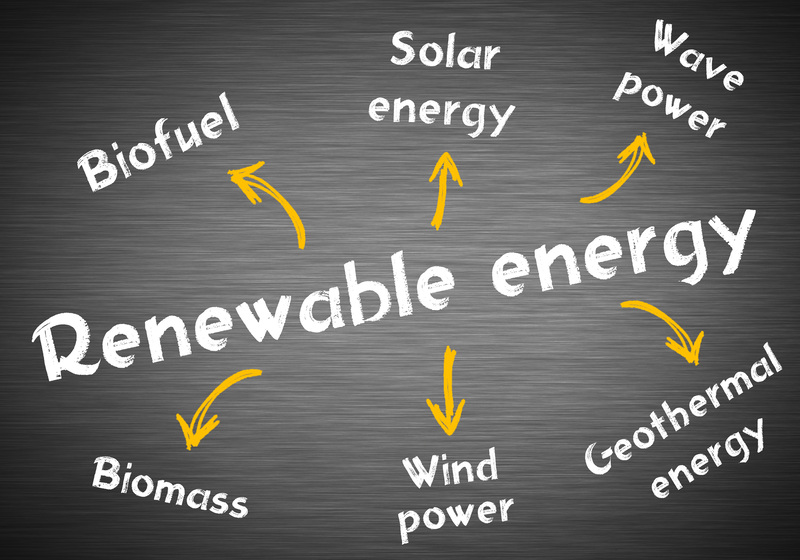As we move towards a more sustainable and resource-efficient future, the concept of wood waste has begun to garner significant attention. Traditionally discarded or burned, wood waste holds untapped potential for crafting a new era of innovation and environmental stewardship.
Understanding Wood Waste: An Untapped Resource
Wood waste, often seen as a byproduct of industries such as logging, sawmilling, and construction, typically includes sawdust, wood chips, shavings, and offcuts. While such material was once merely discarded, today it represents an invaluable resource in the pursuit of sustainable practices.
The Sources and Types of Wood Waste
- Forest Waste: This includes slash left behind in logging operations such as branches and tops.
- Sawmill Waste: Known as sawdust, slabs, and chips, originating from processes turning logs into lumber.
- Urban Wood Waste: Composed of construction scraps, old furniture, and pallets.
- Demolition Wood: Material recycled from deconstructed buildings.

The Environmental Impact of Wood Waste
The challenges posed by wood waste are multifaceted. On the one hand, it contributes to landfill volume, and on the other, it releases methane--a potent greenhouse gas--when decomposed anaerobically. However, when managed effectively, these issues can be transformed into opportunities.
Challenges in Wood Waste Disposal
Landfill Overflow: Wood waste significantly contributes to overflowing landfills, which incurs environmental and economic costs.
Decomposition Emissions: As wood waste breaks down, it emits methane, a gas that is 25 times more potent than CO2 in trapping heat.
Innovative Strategies to Utilize Wood Waste
To convert the 'waste' into 'wealth,' innovative strategies are being developed and adopted worldwide. These approaches aim not only to manage wood waste but also to extract value and utility from it.
Wood Waste in Energy Production
One promising avenue is using wood waste to produce bioenergy. By converting wood biomass into energy through combustion, gasification, or pyrolysis, we can generate renewable energy and reduce reliance on fossil fuels.
- Combustion: Direct burning to produce heat and generate electricity.
- Gasification: Conversion of wood waste into syngas, used for power or chemical production.
- Pyrolysis: Thermal decomposition in the absence of oxygen to produce bio-oil, biochar, and gases.
Transforming Wood Waste into Commercial Products
Beyond energy, wood waste can be repurposed into commercial goods such as particleboard, mulch, or paper products. This helps in extending the lifecycle of wood and minimizing environmental impact.
- Particleboard Production: Using wood chips and shavings to form boards for the furniture industry.
- Mulch and Compost: Sawdust and chippings can enhance soil quality and aid landscaping.
- Manufacture of Paper Products: Recycling wood fibers into new paper products to conserve resources.
Leveraging Technology and Innovation
The challenge of managing wood waste is being met with cutting-edge technologies and innovative business models.
Wood Waste Biodegradation Aids
Biodegradation technology seeks to utilize innovative microbial treatments to break down wood waste more efficiently, dramatically shortening the decomposition timeline and reducing environmental impact.
3D Printing with Wood Waste
Advancements in 3D printing technology have opened new doors for utilizing wood waste particles in creating intricate designs and manufacturing custom products, thereby augmenting product lifespans and efficiency.
Blockchain for Sustainable Wood Waste Management
Blockchain technology can track and verify every step of wood waste management, ensuring transparency, efficient resource allocation, and fostering a circular economy for wood. This digital transformation aids stakeholders in maintaining ethical and sustainable practices.

Global Innovations and Initiatives
Countries and enterprises globally are embracing varied methodologies and establishing policies to handle wood waste more effectively.
Success Stories from Around the World
- Sweden: A leader in wood waste-to-energy conversion, with nearly 50% of its energy needs met by bioenergy, of which wood waste forms a large part.
- Canada: Innovating with wood waste in the development of bioplastics and biodegradable materials through national timber policy initiatives.
- Japan: Promoting small scale combined heat and power plants using wood waste to encourage community-based energy solutions.
Conclusion: Embracing the Potential of Wood Waste
The future of wood waste is bright with potential. By leveraging innovative strategies, adopting new technologies, and fostering international cooperation, we can transform wood waste into a powerful ally in the fight against climate change and resource scarcity. Crafting new beginnings from what was once considered waste is not just an option--it's a necessity for a sustainable tomorrow.
Engage in the journey towards sustainability by embracing wood waste reimagined, where every piece counts towards building a greener, energy-efficient future.